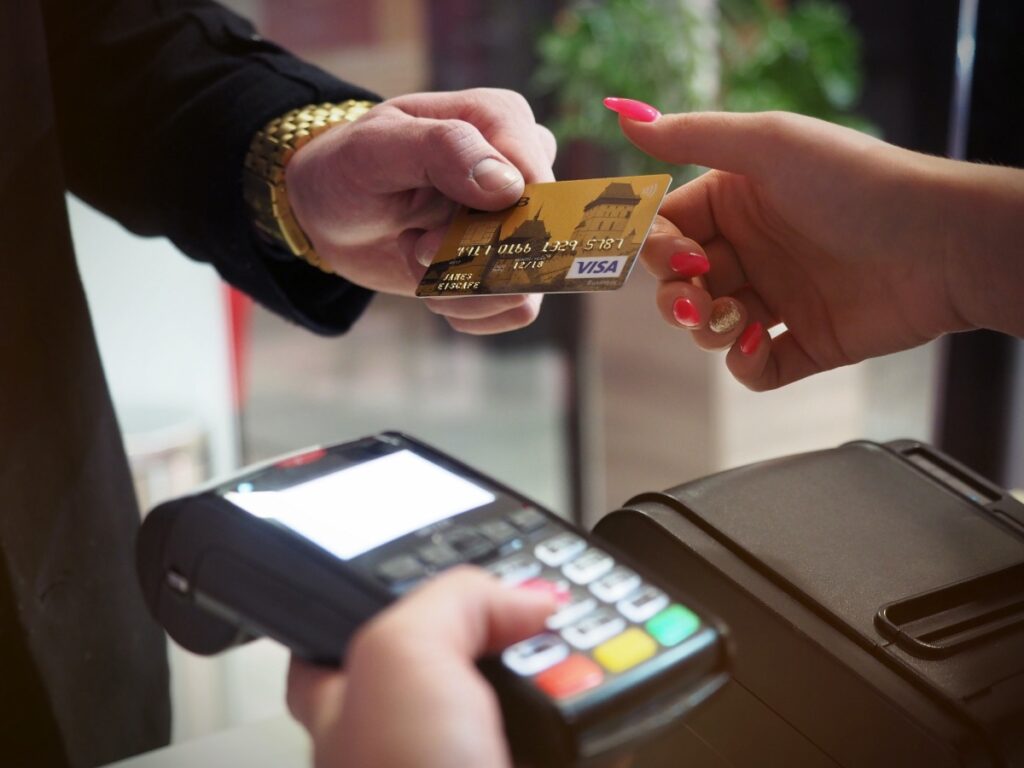It’s no secret that our world is rapidly changing. With the advent of new technology, entire industries are being disrupted and transformed. One such industry is payments. This blog post will explore how chip cards are evolving into smartphones and what this means for the future of payments.
Chip Cards
Traditionally, payment cards have been equipped with a magnetic strip. This strip contains all the data needed to complete a transaction, such as a cardholder’s name and account number. However, chip cards are now replacing these strips due to increased security concerns related to data theft and fraud. These cards use an embedded chip that stores encrypted information that thieves cannot easily duplicate or counterfeit.
Mobile Payments
Mobile payments are quickly becoming the new norm in the payments industry. With mobile payment apps like Apple Pay and Android Pay, users can securely pay for goods and services with smartphones. In addition, EMV vs NFC payments provides users with unparalleled protection and convenience. This technology transforms how you shop and pay, making transactions faster and more secure than ever.
These apps use near-field communication (NFC) technology to securely transmit card information to a point-of-sale terminal. This eliminates the data theft and fraud risk associated with traditional magnetic strip cards. In addition, the convenience of using a single device for all transactions dramatically enhances user experience. As a result, mobile payments are revolutionizing how you interact with money and allowing you to transact faster and more securely than ever before.
Biometrics
Biometric payments represent a significant shift in the payments industry, offering a secure yet convenient payment method. Biometrics uses physical characteristics such as fingerprints and facial recognition to verify identity and authorize transactions. This form of authentication is far more secure than traditional methods such as passwords, pins, or cards, making it an attractive option for those looking for increased security when using their smartphones for payments. In addition, as biometrics become more widespread, they will further reduce the risk of data theft and fraud, making them an integral part of the new era in payment technology.
Voice Payments
Voice payments are starting to gain traction as a payment method. This technology allows users to make payments with voice commands, and it is already being used in some retail spaces. Additionally, some banks have begun offering services that will enable customers to check their balance or pay bills via voice command.
Safety and Security
As the payments industry continues to evolve and new technologies are introduced, safety and security remain paramount. Companies that offer payment services must adhere to strict guidelines set forth by government regulators to maintain compliance with data protection laws. In addition, banks and other financial institutions must also ensure their systems are secure from cyberattacks and other malicious threats.
Overall, your world is moving towards an increasingly mobile and secure future regarding payments. Technological advancements pave the way for more convenient and secure payment solutions, whether chip cards, mobile wallets, biometrics, or voice payments. As you continue to embrace these new technologies, the dawning of a new payment era is upon you. With the right tools and safeguards in place, this could mean great things for the payments industry.





Follow!